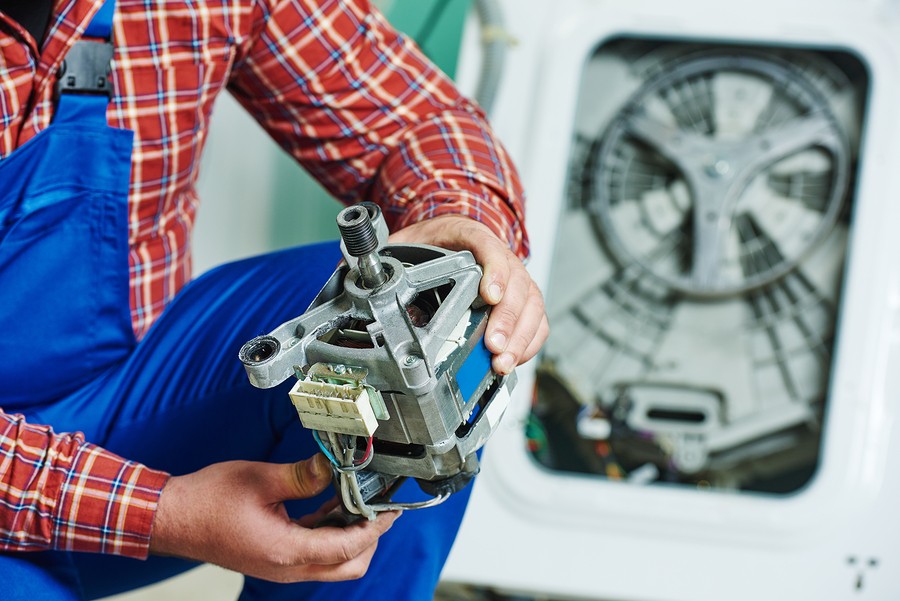Predict Future Machine Failures: Proactive Ways to Maintain Productivity

In the movie Apollo 13, NASA Flight Director Gene Kranz told his team failure was not an option when it came to getting the crew of the damaged Odyssey spacecraft back home. The same is true in the manufacturing world — except you’re not rescuing three astronauts who are over 100,000 miles from home. Still, failure on the line — either with machinery or product — leads to problems. Probably not those made into movies directed by Ron Howard, yet big enough to stop production and potentially lose customers.
???? Predict failure rates
 On the positive side, there is a way to predict failure rates on plant machinery: failure rates depend on production rate. You don’t have to be a machine whisperer to be a prognosticator. All you need to do to predict these rates is look at the past and to the future.
On the positive side, there is a way to predict failure rates on plant machinery: failure rates depend on production rate. You don’t have to be a machine whisperer to be a prognosticator. All you need to do to predict these rates is look at the past and to the future.
First, establish a baseline for plant supervisors and managers to predict machine failures. Have them review data on past outages and prepare calculations. The failure rate is normally expressed as the percentage of times something didn’t work divided by the number of times it was tested. This also goes for products made at manufacturing plants. To get the actual rate for a machine or product, divide the number of failures by the total number of trials and multiply by 100 percent.
If your failure rate is low, you don’t have much to worry about now. However, keeping these numbers as the baseline for operations is always a good idea. If the numbers are high — say 20% or more failures in a year — then it might be time to take those predictions and look to the future.
???? Failure assessment and machine replacement
 Should these failures be at the product level, examine the manufacturing process to determine where the fault takes place. If the machine is working properly you may need to review the design. On the other hand, a failure at the manufacturing end could signal a major parts overhaul or total replacement. After changing the machine out, establish a new baseline that includes the total number of successful trials before you put it into production. Don’t assume a new piece of equipment is failure-free.
Should these failures be at the product level, examine the manufacturing process to determine where the fault takes place. If the machine is working properly you may need to review the design. On the other hand, a failure at the manufacturing end could signal a major parts overhaul or total replacement. After changing the machine out, establish a new baseline that includes the total number of successful trials before you put it into production. Don’t assume a new piece of equipment is failure-free.
Successful manufacturers don’t rely on old failure rate data, and neither should you. Ensure you continually update failure rates so your machine breakdowns don’t surprise you. By keeping on schedule, you’ll be better able to predict when the line is about to fail and find proactive ways to mitigate it.